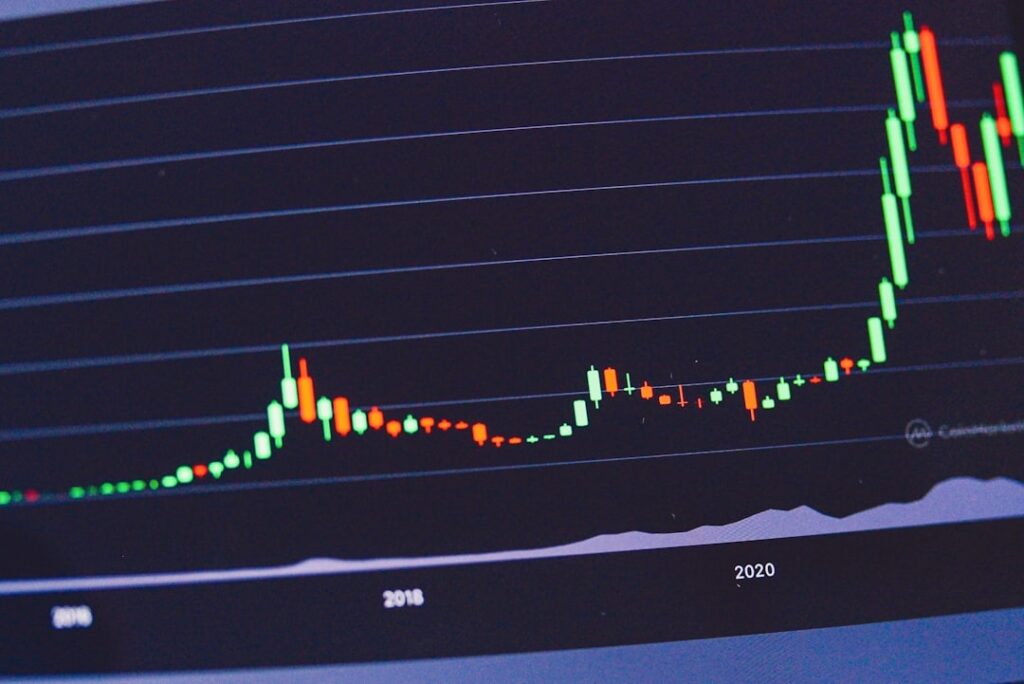About BP Trend
BP Trend is a data-focused platform dedicated to analyzing and forecasting BP’s stock performance through a blend of historical insight, technical logic, and evolving market signals.
Our approach is built on decades of petroleum engineering experience and an appreciation for transparency. We publish forward-looking share price projections and document their results against real market data, building a public archive of trend analysis that grows stronger each quarter.
The forecasts generated by our proprietary system “The Trouble-Shooter App” are shared consistently throughout each financial quarter. These include projected Maximum Highs and Minimum Highs across key dates, determined through a combination of expert insight and AI-generated modelling.
While no claims of guaranteed accuracy are made, our methodology is shared openly, with the goal of fostering trust and improving the visibility of market dynamics over time.
The Origin of BP Trend
Following his recovery of an oil-bearing Zechstein Dolomite source-rock core on UK North Sea Block 30/16 on 28th November, 1970, Derek Mann (nom de plume) was tasked with preparing a 10-year forward Projection of a development scheme for anticipated new commercial hydrocarbon discoveries further to the North.
His Company Management asked him to use alphabetically-ordered names of European sea-birds to reference both the first discovery and a further 5 Fields within the time-frame. At the first pass, the initial names suggested were AVOCET and BITTERN, but for reasons of brevity (and the ornithological distinction between waders, marsh dwellers and marine fauna!) the final list was established before Xmas 1970, as follows:
- Auk
- Brent
- Cormorant
- Dunlin
- Eider
- Fulmar
Each of these is an actual seabird species.
A widely circulated myth later emerged, suggesting that names like “BUK” stood for “Brent, United Kingdom” and were part of a coded naming system. This narrative, often found in media and online sources, including Wikipedia has no basis in fact and lacks any credible attribution.
As the individual responsible for naming these fields, I can confirm that the original system was purely based on alphabetical seabird names, and any such coded interpretation is a complete invention.
– Derek Mann (nom de plume)
Anglo-Canadian Petroleum Engineer (Retired)

